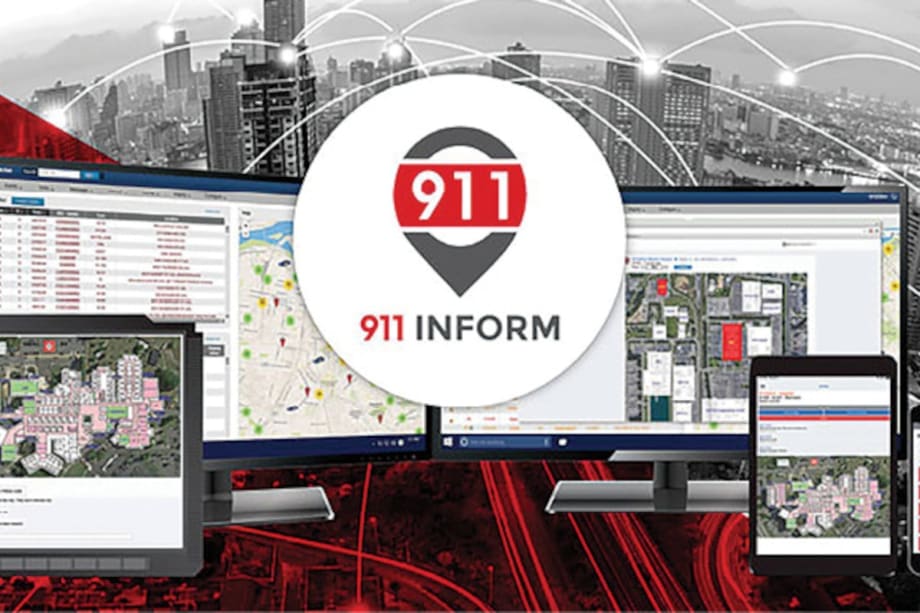Since Feb. 16, 1968, when the first 911 call was made in rural Haleyville, AL, the technology used to reach emergency services has remained mostly unchanged. While there is general caution behind not deploying unvetted life-safety technology on citizens, a happy medium must be found, allowing safe innovation to evolve.
For example, the capabilities of modern IP-enabled next-generation 911 services (NG911) provide a new digital superhighway, allowing intelligent information to reach public safety. This opens the door for additional situational awareness on emergency events, whether it’s an emergency 911 phone call, a press on a panic button, or an intelligent Internet of Things (IoT) sensor indicating a dangerous condition like smoke, fire, or even a chemical odor.
Today’s current E911 technology challenge begins with the network itself. The aged analog architecture was designed and built with the available technology over five decades ago in the 1960s before modern digital networks even existed. The 911 system was a purpose-built, siloed solution. Its purpose was to enable a single, easy-to-remember three-digit short code—911—routing a caller to local emergency services based on the device’s location. The thought of delivering any additional data, be it caller location or situational awareness, didn’t exist at the time.
However, location information was still important. The location problem was solved in the 1980s by correlating the device location based on the device’s phone number. Hence the addition of “Caller ID” in the telephone network. Since devices typically remained at a single, fixed location, as user mobility wasn’t an option, this allowed the caller’s address information to be reliably obtained through a reverse number lookup function. Problem solved This network enhancement provides the “E” in the E911 system that remains in place today.
Problems with the Cloud












